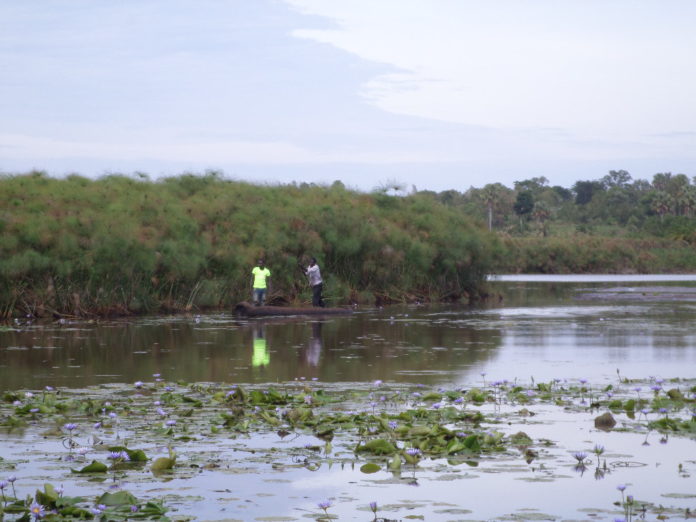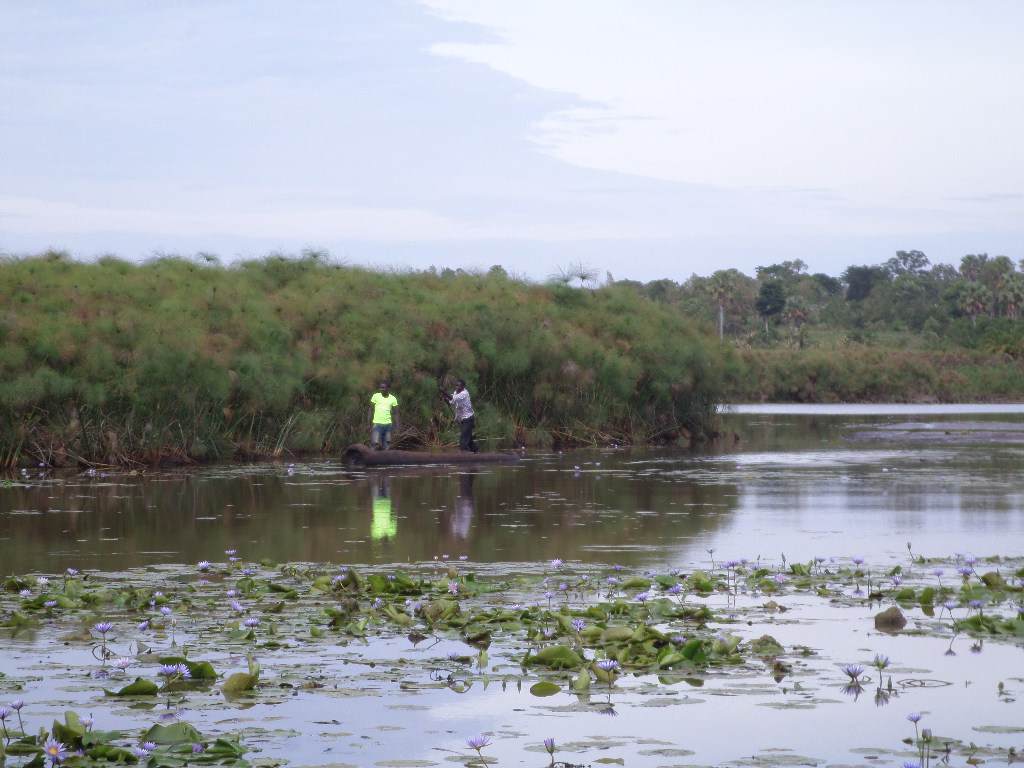By Okong’o Oduya
Fresh revelations into the formation of the ‘mysterious’ lake(https://www.talkafrica.co.ke/mysterious-lake-forms-sio-siteko-swamp-busia-county/) in Busia County have come up.
According to scientists the formation of the new lake might be as a result of a tremor that happened late last year has since become a recent tourist attraction in Busia County.
The new lake new lake has to lead to mass sinking vegetation in Munongo swamp, Matayos in Busia County last week.This has been attributed to its existence being between two active Western and Eastern Rift valleys, scientists say.
The swampy area surrounded by reeds along Kenya -Ugandan border, has raised mixed reactions among residents for the past weeks with fears that the presence of mass water in the region was going to bring havoc to them,
According to the research done by aquatic researchers from Kenya Marine and Fisheries Research Institute (KMFRI) led by Director Christopher Aura and Mr Ernest Yongo found out that the wetland zone exists above small cracks running through the impervious rocks down to the aquifer which causes the cracks to enlarge.
The research concurs with sentiments made by one Mr. Justo Khayoko, a local resident, who believed that the earth tremor experienced in Busia County, some parts of the western region and neighboring nations in November, last year was behind the formation of the ‘lake’.
In a report to media in Busia, they further noted that on September 9, 2016, there was another strong earth quake that originated around Lake Kivu in the Democratic Republic of Congo (DRC) which traversed all the way to Naivasha in Kenya. They believe that these two phenomena increased the distance of the cracks that are now releasing a lot of water into the wetland from the underground aquifer(s) giving rise to the emerging lake.
Their argument differs with the stories behind the formation of the lake, that it was formed as a result of a continuous mass of vegetation, patches of water bodies have been in existence for years even before
the emergence of the lake.
“The water from the aquifer has slowly been feeding the wetland supporting the biotic life. The ever increasing water being witnessed for the past three weeks has been necessitated by enlargement of the cracks, thus releasing more water from the aquifer into the wetland,” said Dr. Aura.
The area habitats believe that swamp exists within a perennial wetland and drains into River Sio along Sio Siteko swampy region. The researchers further explain the existence of Pistiastratiotes, a water lily plant, and wading aquatic birds that support this theory of pockets of water mass within the wetland before the emergence of the lake.
Sylvanus Ndege, a village elder, narrated how Busia town drains its treated sewage into the wetland in what he believes it would have played a role. “We believe the treated sewer that drains its water into the swamp and the underground water seepage have perennially sustained the wetland,” said Mr. Ndege.
However, Mr.Guya dismissed the fear from the villagers that the increase in water level in the lake may affect their lifestyle terming it as remote. “The fear by locals that their homesteads may be drowned by the emerging lake during the rainy season is “remote” considering that the wetland is connected to River Sio and any excess water will drain into the river.” They concluded that there is a need for hydrological research be able to define the depth of expansion.















